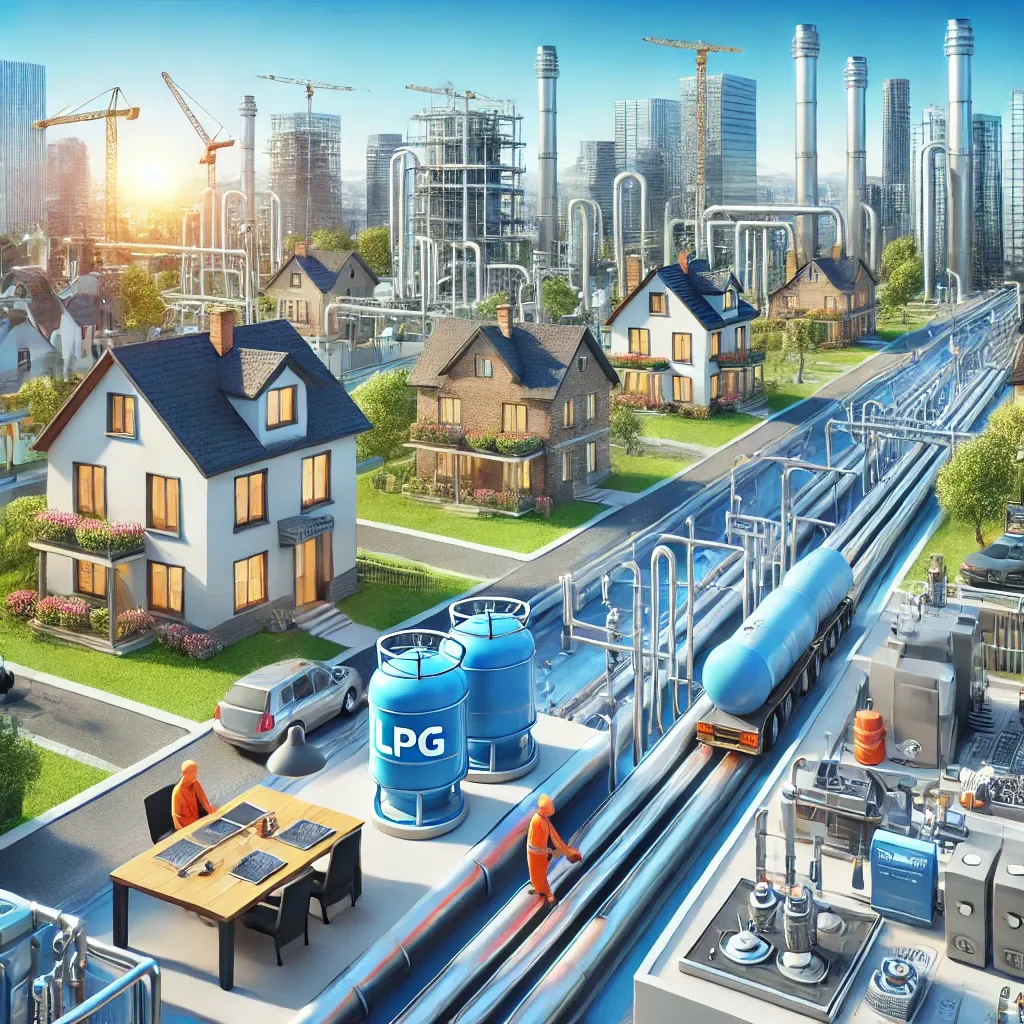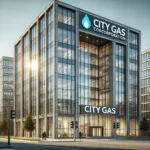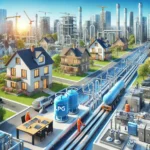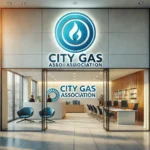Ever wondered how the conversion from city gas to LPG works? This article will explore the process of city gas LPG conversion, the differences between city gas LPG mixed and LNG, and the practical implications of switching. Curious? Read on to learn more!
The shift from traditional city gas to LPG (liquefied petroleum gas) is a significant development that many cities are considering or have already implemented. This transition is essential for various reasons, including safety, cost, and environmental concerns. LPG is seen as a cleaner and more efficient alternative in some regions. In this article, we’ll explore everything you need to know about City Gas LPG Conversion, including the benefits of a city gas LPG mixed setup and the role of LNG (liquefied natural gas) in this conversion process.
City Gas LPG Mixed: Understanding the Benefits
The concept of a City Gas LPG Mixed system refers to the integration of both city gas (which is typically natural gas) and LPG in residential and commercial sectors. This setup combines the advantages of both types of gas, allowing users to benefit from the reliability and cost-effectiveness of natural gas while taking advantage of the portability and higher energy content of LPG.
Advantages of City Gas LPG Mixed Systems:
-
Cost Efficiency: LPG mixed with city gas can reduce overall costs, especially for areas where city gas supply is intermittent.
-
Increased Availability: LPG can serve as a backup during times of city gas shortages, ensuring a continuous supply of energy.
-
Flexibility: Users can switch between LPG and city gas depending on which is more affordable at the moment.
-
Reduced Carbon Footprint: LPG burns cleaner than some types of natural gas, contributing to lower emissions.
-
Improved Energy Output: The higher energy density of LPG ensures that appliances work more efficiently, using less fuel to generate the same amount of heat or power.
This mixed approach is becoming increasingly popular in areas where gas infrastructure is being modernized or where gas shortages are common. By combining both LPG and city gas, energy supply becomes more reliable, and environmental impact is minimized.
Real-Life Example:
In cities like Seoul, South Korea, urban regions are gradually transitioning to mixed gas systems, where city gas is paired with LPG to optimize energy usage. This system has been praised for its ability to reduce both heating costs and greenhouse gas emissions.
Learn more about City Gas LPG Mixed Systems
City Gas LPG LNG: A Modern Shift in Gas Technology
The shift from city gas to LNG (liquefied natural gas) is another key trend in modernizing energy infrastructure. LNG is often seen as a cleaner alternative to traditional city gas, and its use is expanding globally. When combined with LPG, LNG offers a robust energy solution for both residential and industrial sectors.
Key Features of City Gas LPG LNG Systems:
-
Lower Emissions: LNG burns cleaner than traditional natural gas, reducing carbon emissions significantly.
-
Energy Security: LNG can be stored and transported more easily than natural gas, ensuring a steady supply even during peak demand times.
-
Environmental Sustainability: The use of LNG in combination with LPG ensures a more sustainable approach to energy, especially in urban areas.
-
Cost Reduction: While LNG infrastructure can be expensive initially, its long-term savings are substantial, particularly in areas where natural gas is scarce or unreliable.
-
Enhanced Efficiency: LNG’s high energy density means that less fuel is required to produce the same amount of energy, making it highly efficient.
Case Study:
A city in the US made the transition from city gas to LNG and LPG mixed systems to address fluctuating gas prices and reduce its dependency on external natural gas imports. The results included a significant reduction in energy costs for residents and businesses, as well as an improvement in air quality due to the reduced emissions.
Learn more about City Gas LPG LNG Systems
LPG City Gas Change: What Does It Mean for Consumers?
When cities decide to implement an LPG city gas change, it often involves replacing the existing natural gas infrastructure with LPG systems, or vice versa. This transition is often driven by regulatory changes or a push for more eco-friendly energy solutions. It can affect everything from household heating to commercial energy costs.
Benefits of LPG City Gas Change:
-
Cleaner Energy: LPG burns more efficiently than natural gas, resulting in cleaner combustion and lower greenhouse gas emissions.
-
Adaptability: LPG systems can be adjusted to suit various urban environments, whether for small residential buildings or large industrial complexes.
-
Cost Savings: Switching to LPG can help communities reduce their overall energy costs, particularly in areas with unreliable city gas supply.
-
Safety: LPG systems are often regarded as safer, with better leak detection and emergency shutdown protocols.
-
Energy Independence: LPG can help reduce reliance on imported natural gas, providing energy security for urban populations.
Example from the Field:
In many parts of Europe, cities have already undergone significant shifts from city gas to LPG systems to meet EU environmental standards. For example, the city of Milan has integrated LPG as part of its smart city initiatives, ensuring that homes and businesses benefit from more efficient energy use.
Learn more about LPG City Gas Change
Conclusion
The transition from city gas to LPG, whether in a mixed setup or through full conversion, represents a significant step toward a cleaner, more efficient, and sustainable energy future. From improving cost-efficiency to reducing carbon footprints, the adoption of LPG in urban gas systems offers numerous benefits. Additionally, integrating LNG into the mix brings even greater energy security and environmental benefits.
As cities around the world continue to modernize their energy infrastructure, it’s clear that LPG city gas changes will play a pivotal role in shaping our energy future. Whether you’re a homeowner or a business, understanding these shifts will help you make more informed decisions about energy use.






